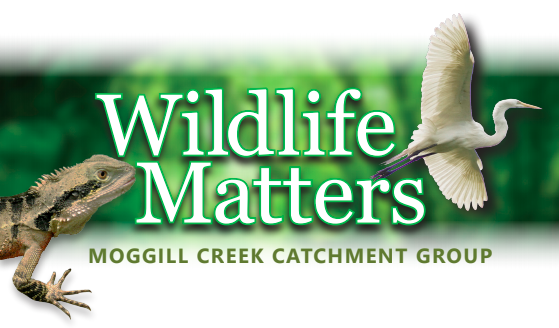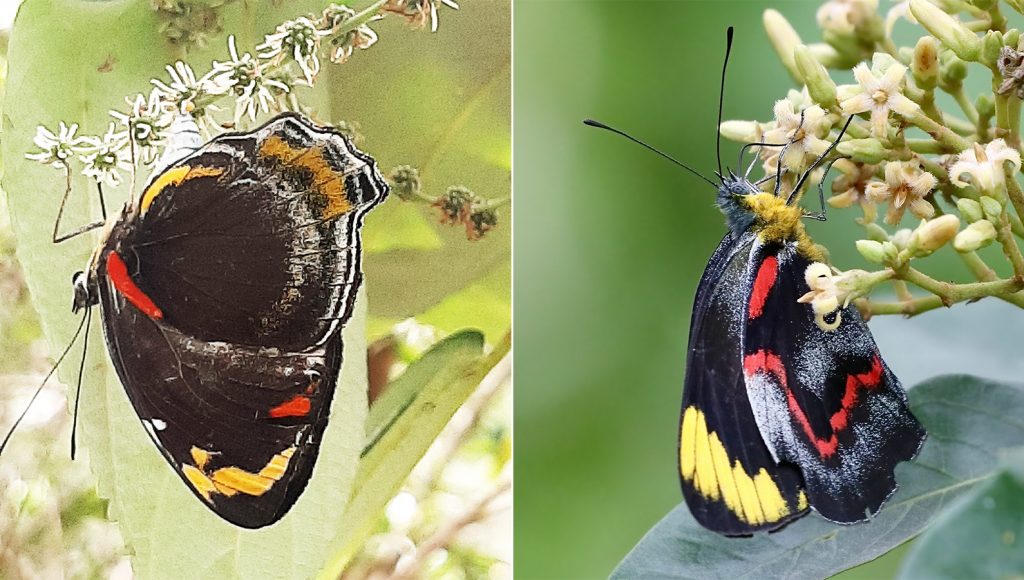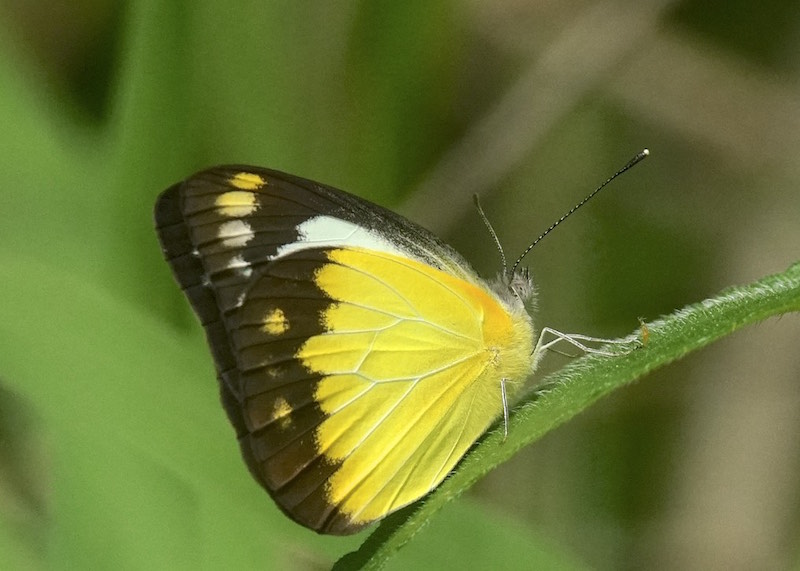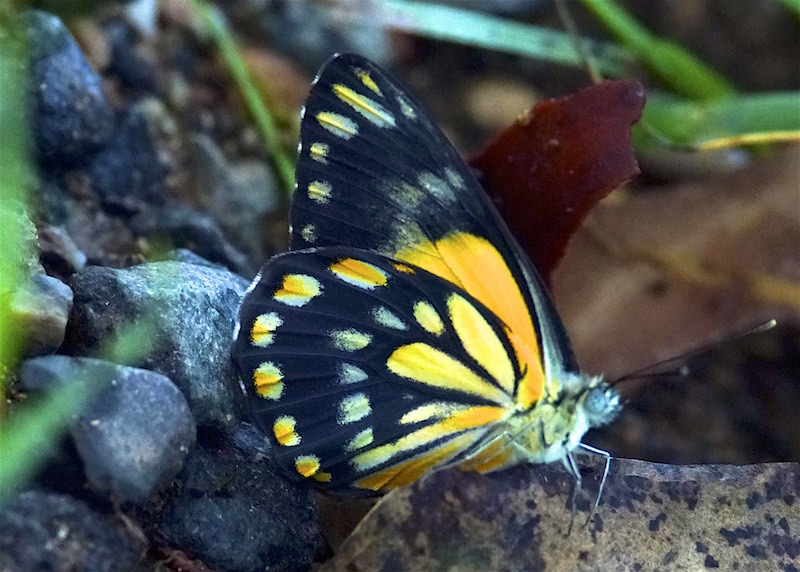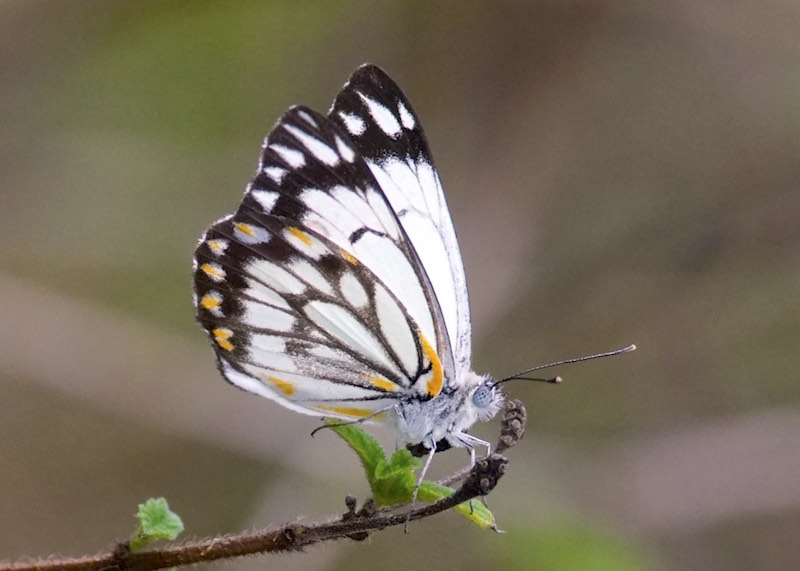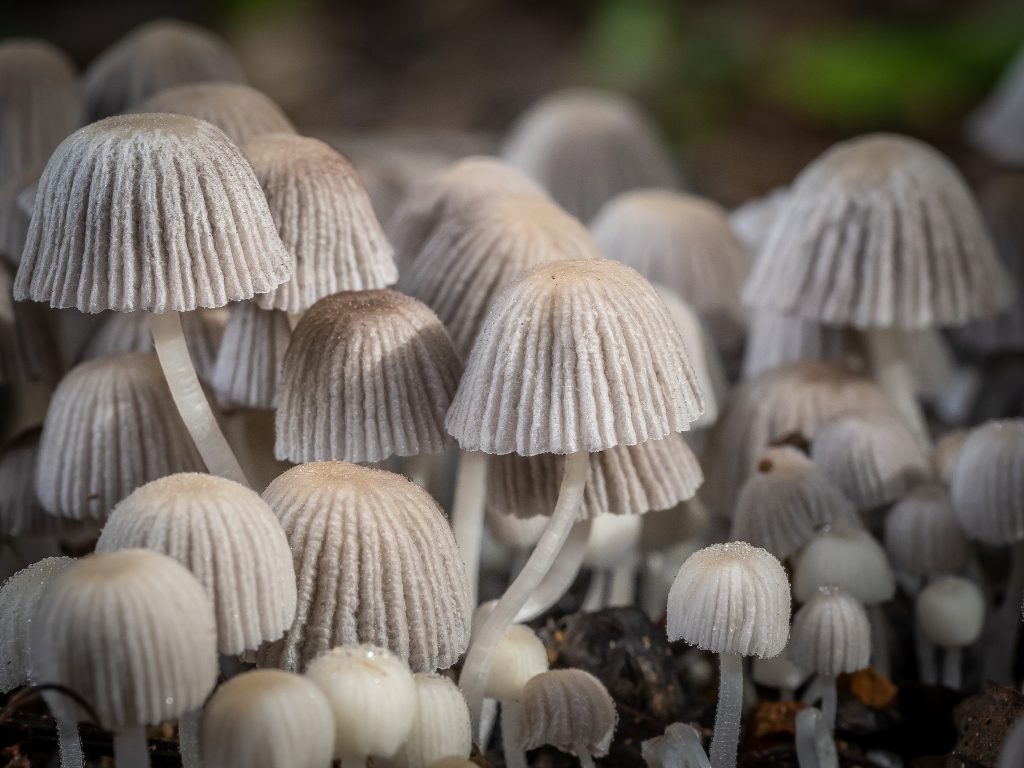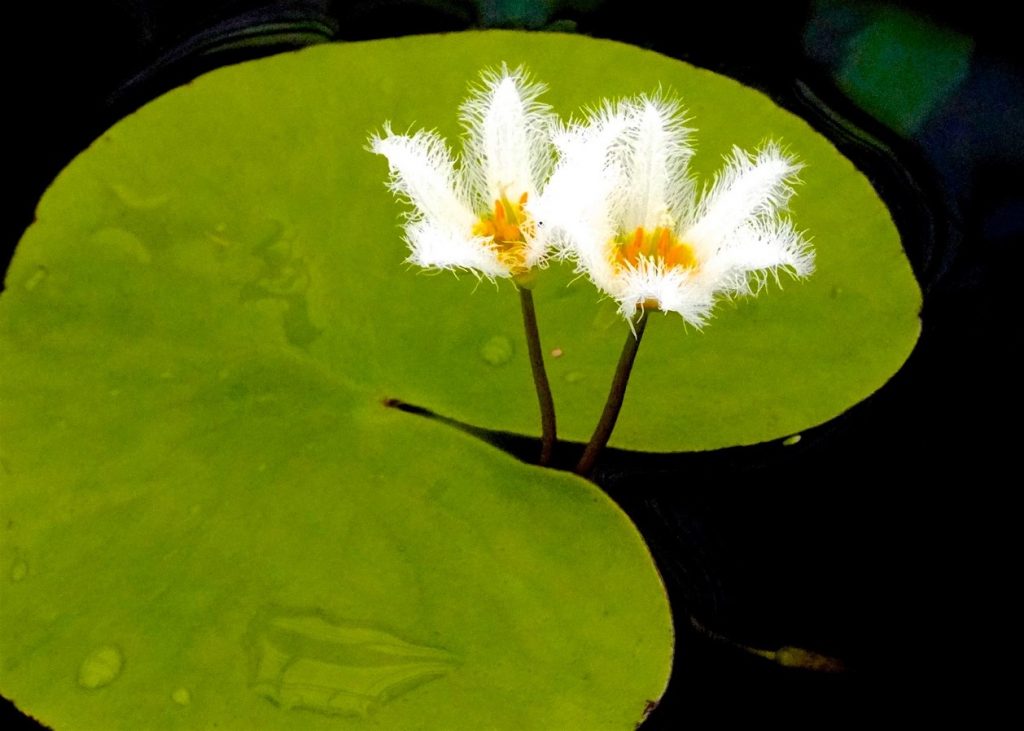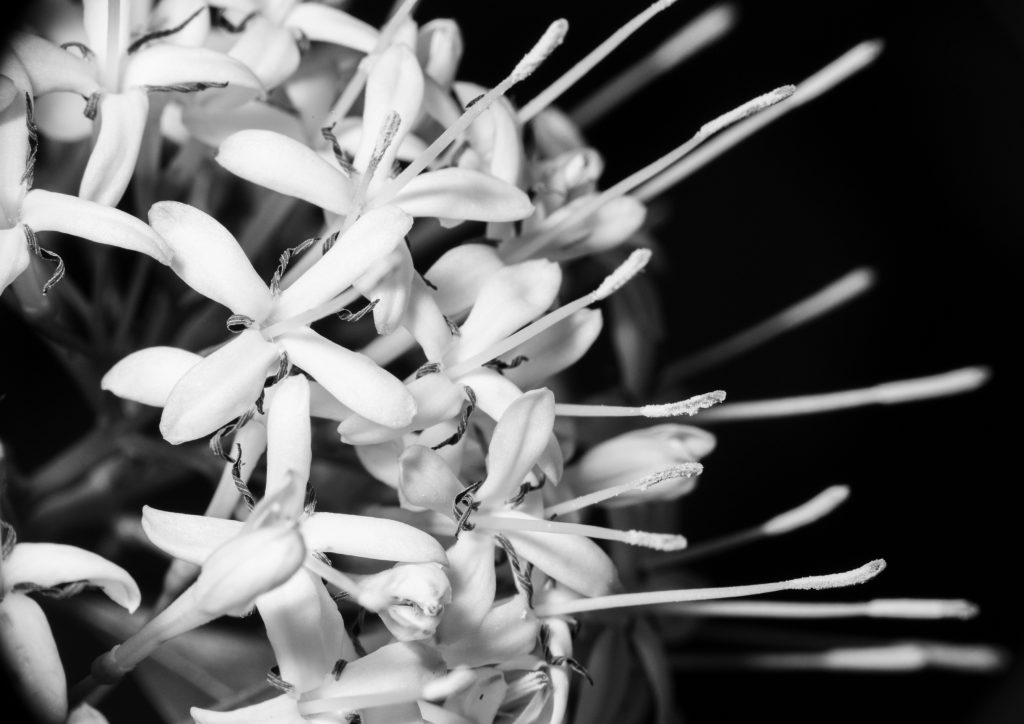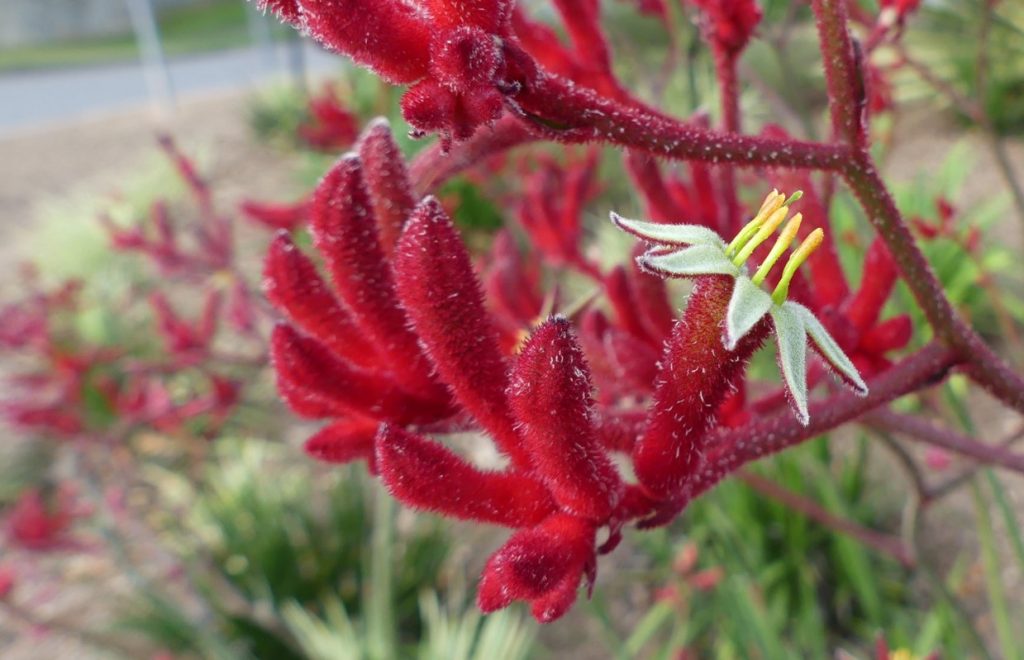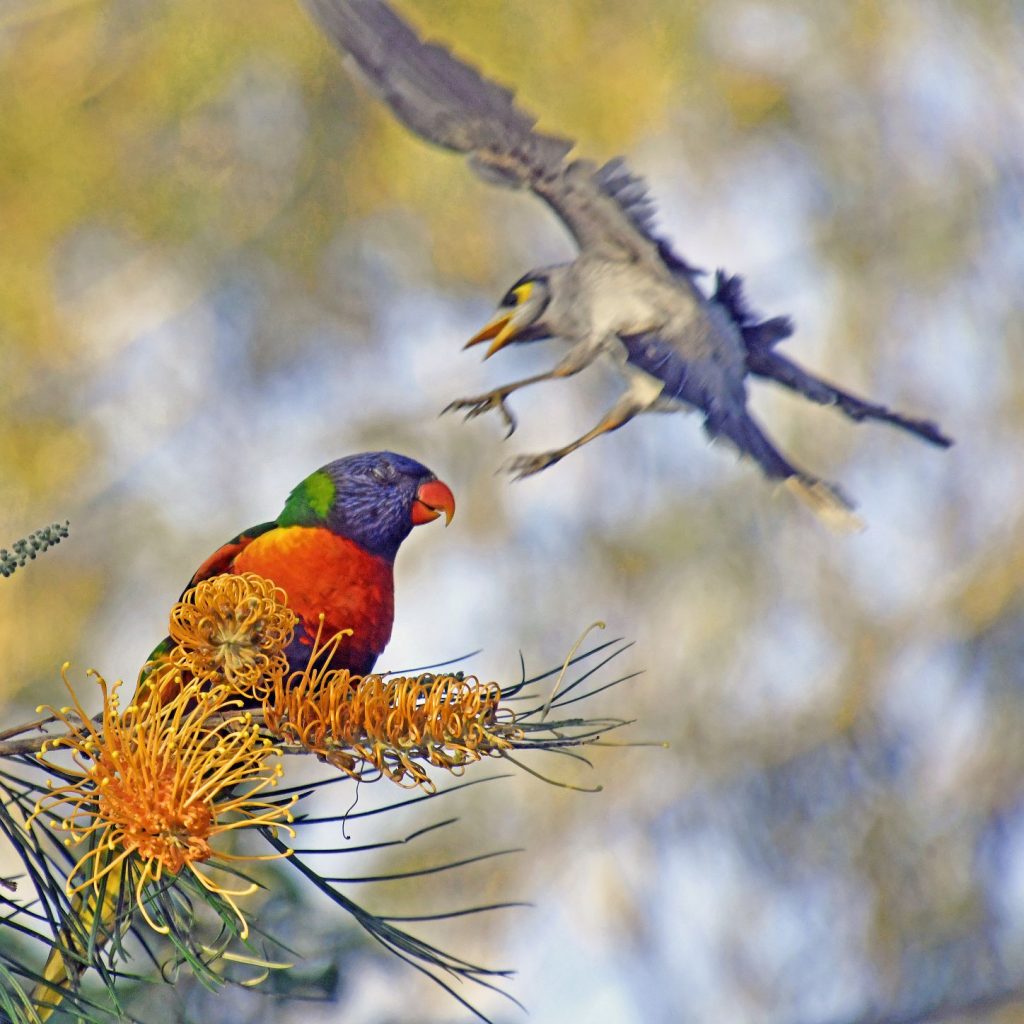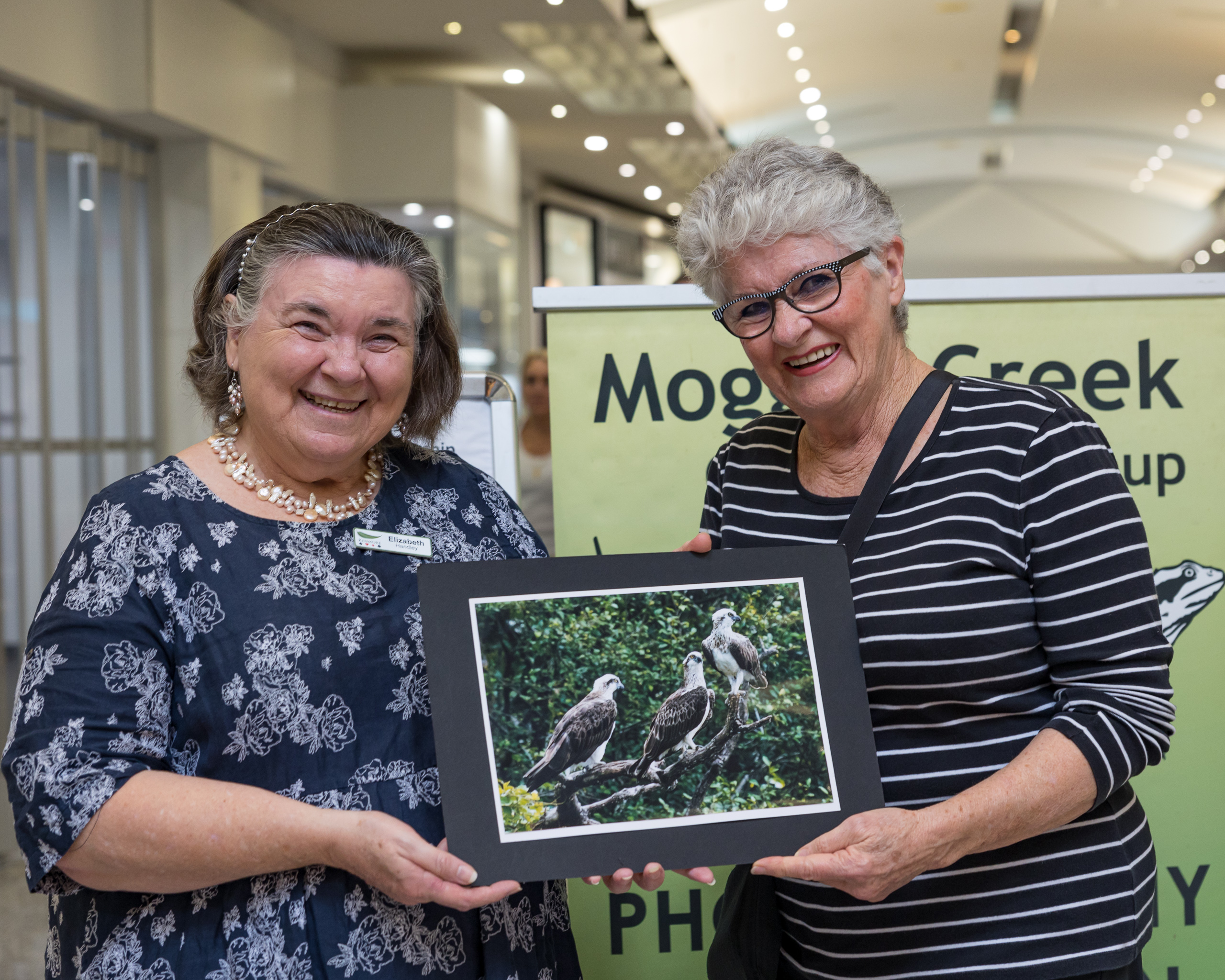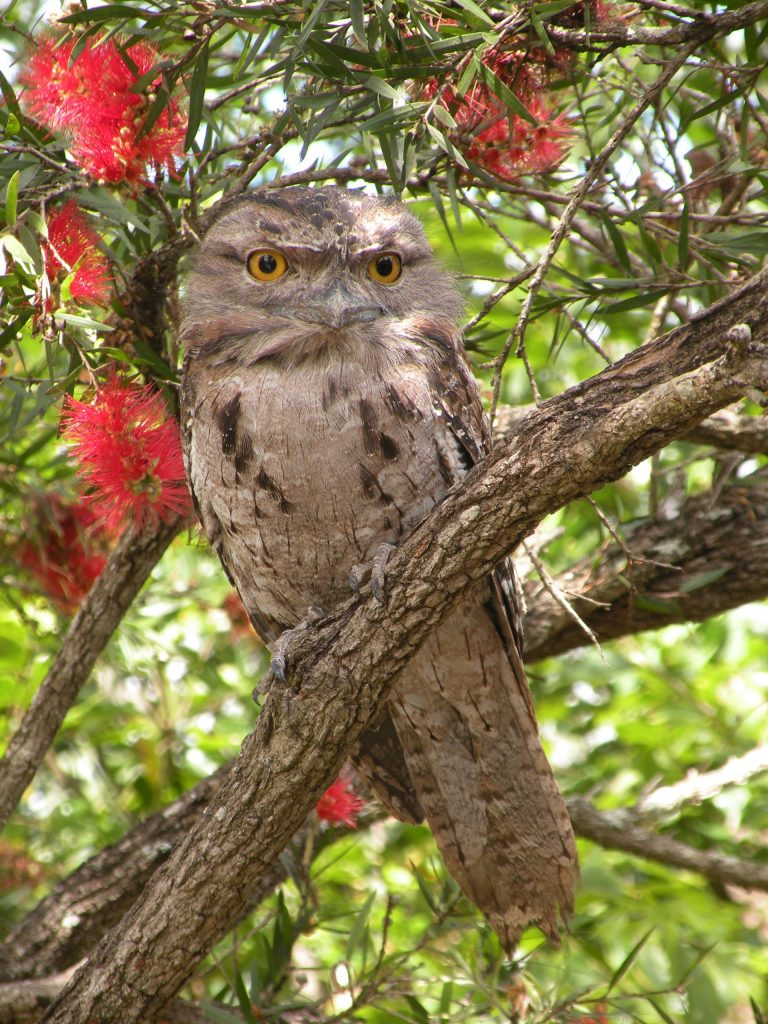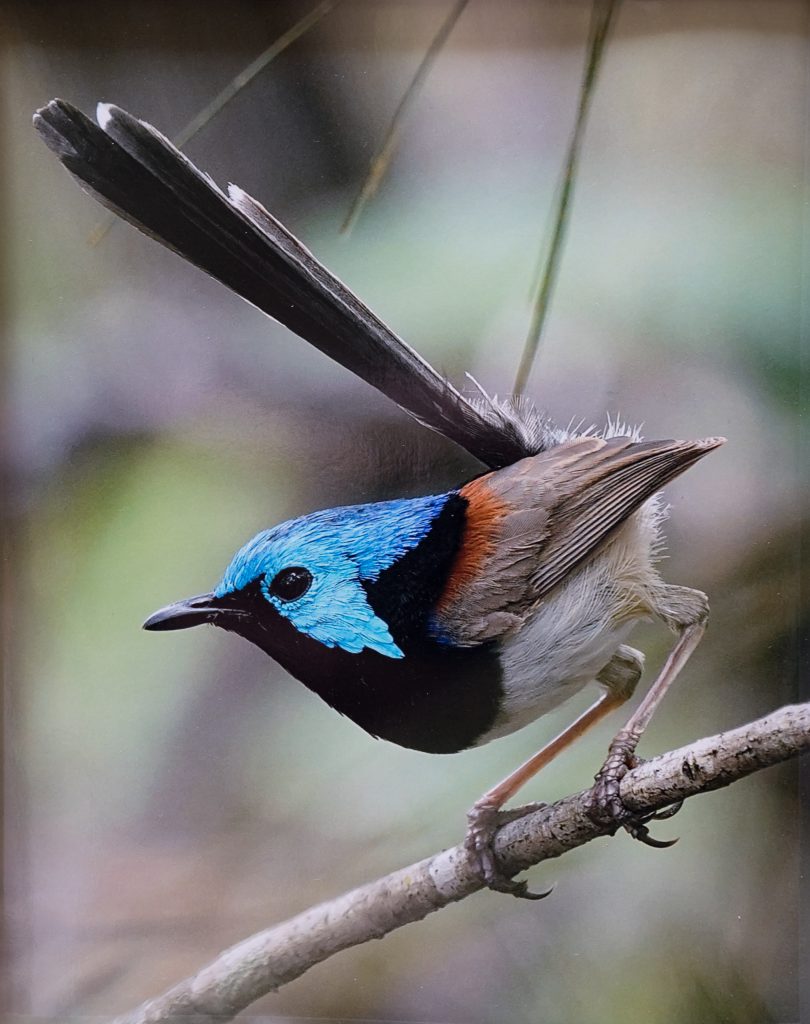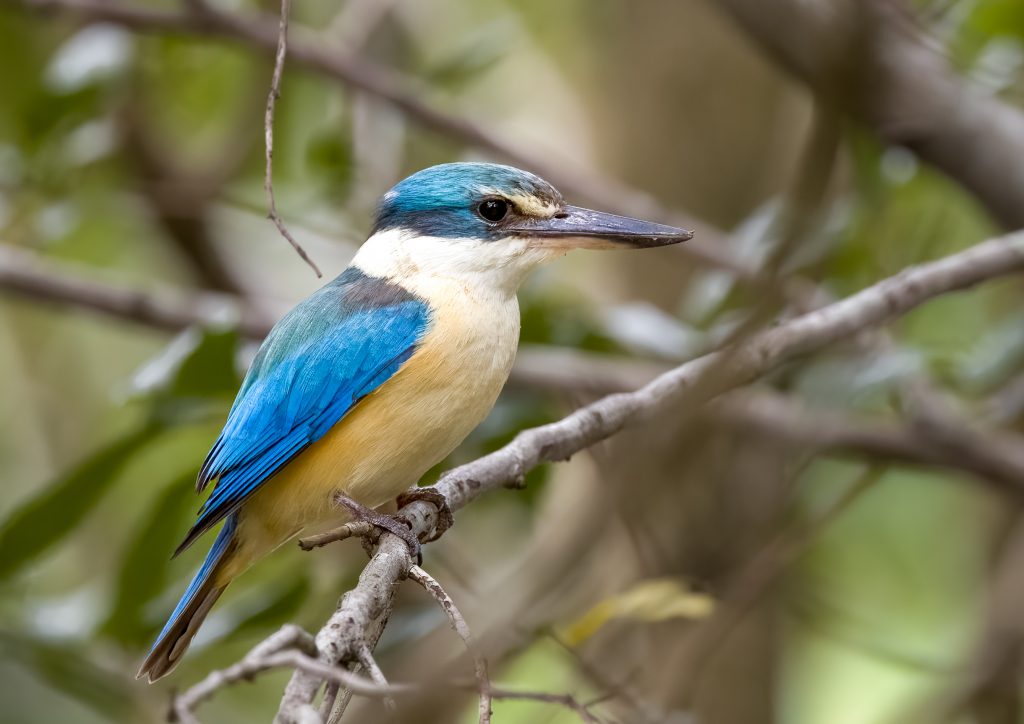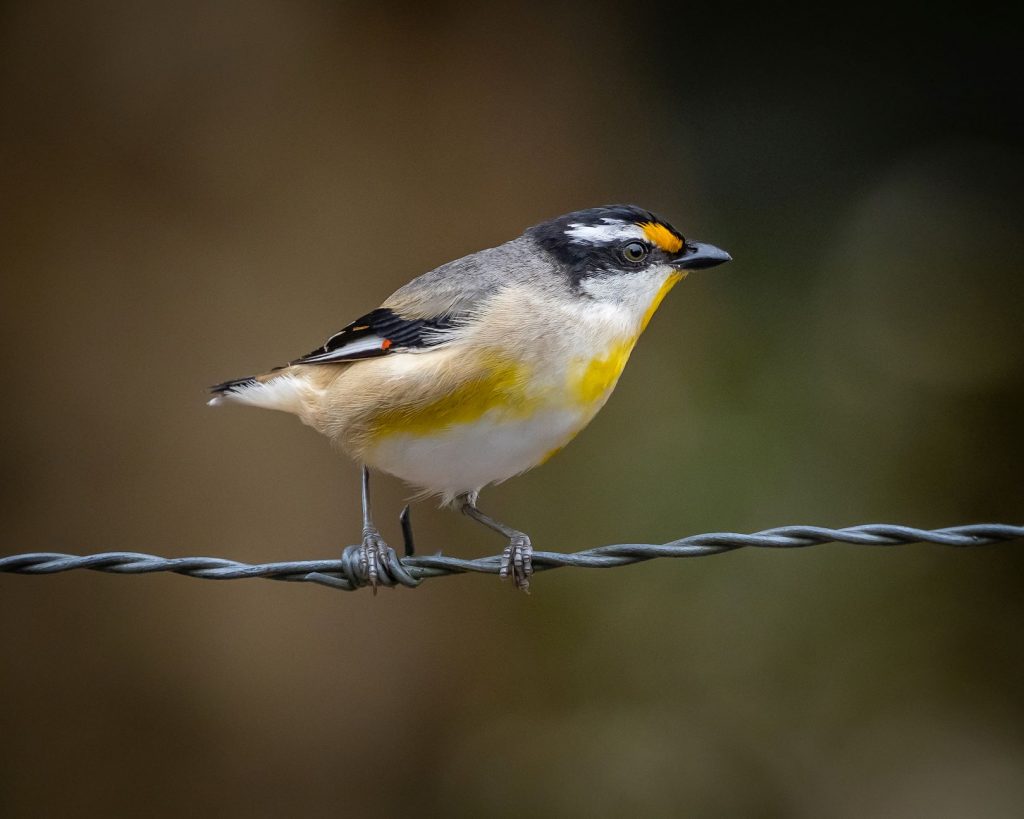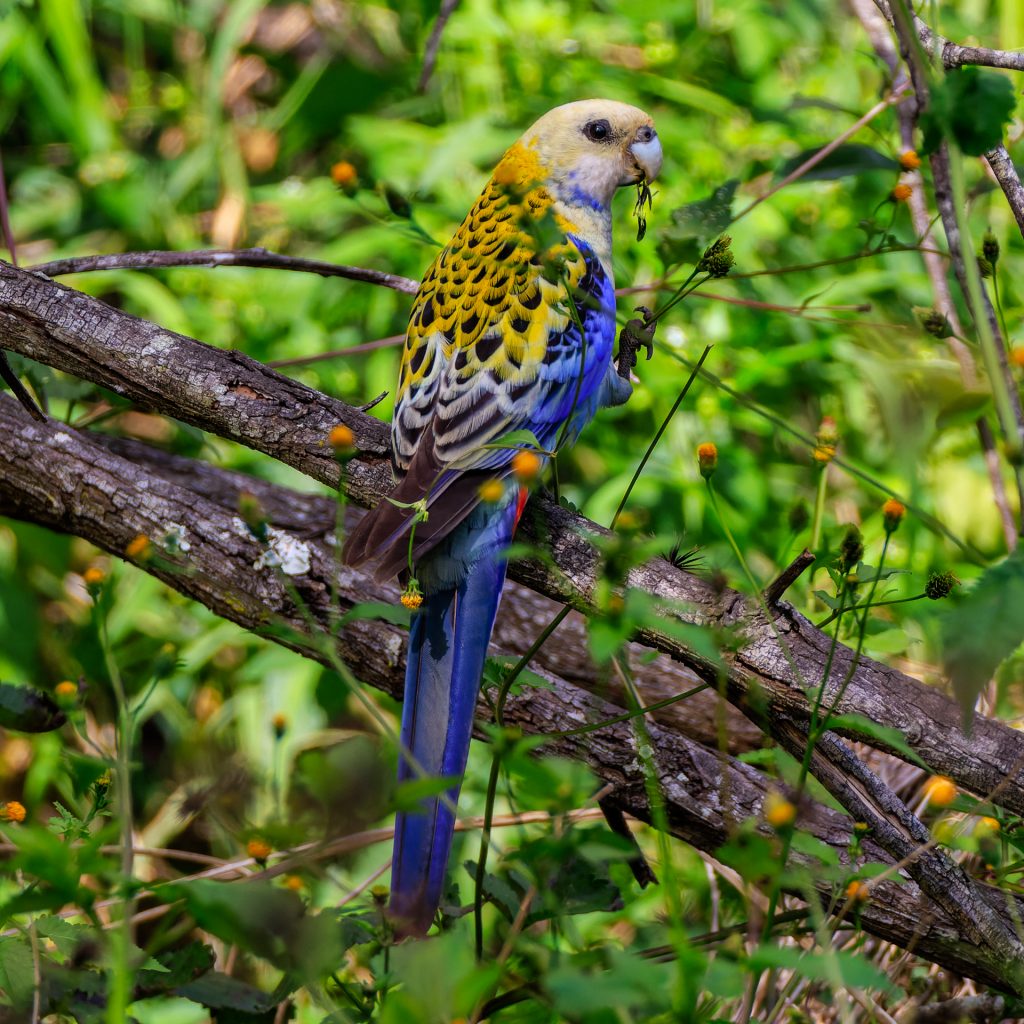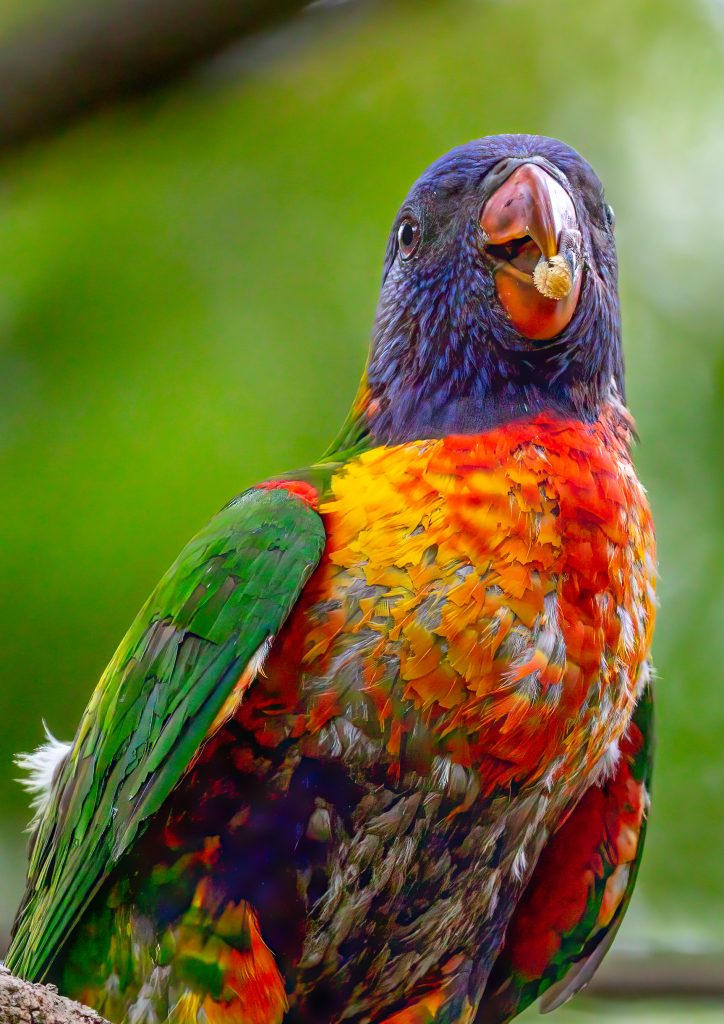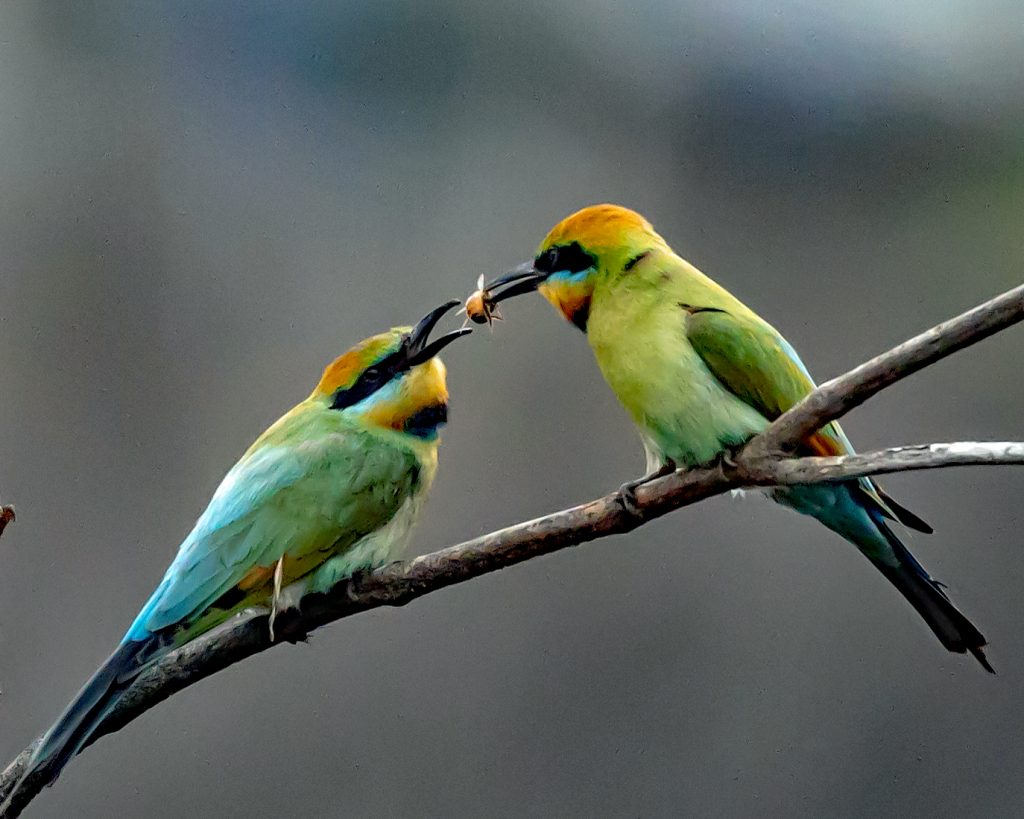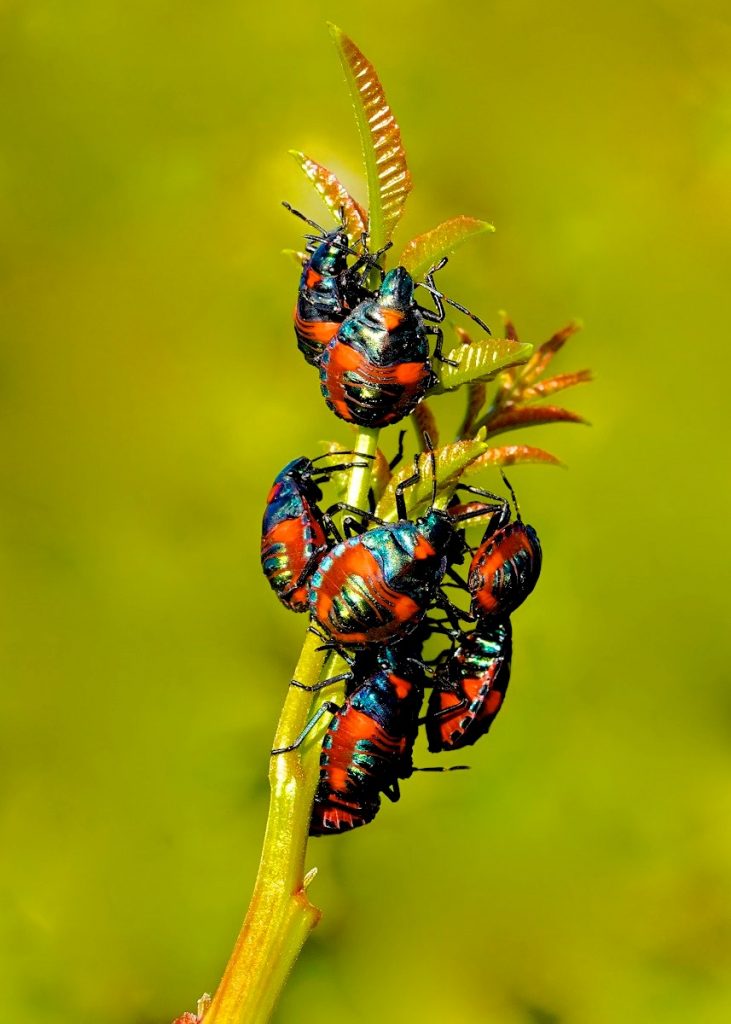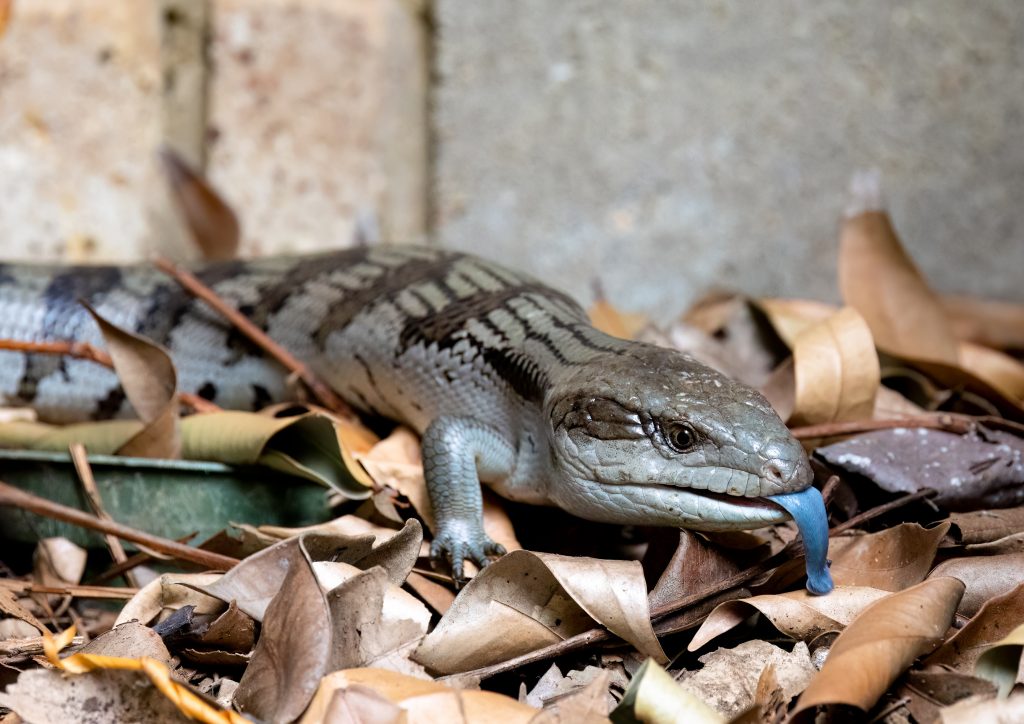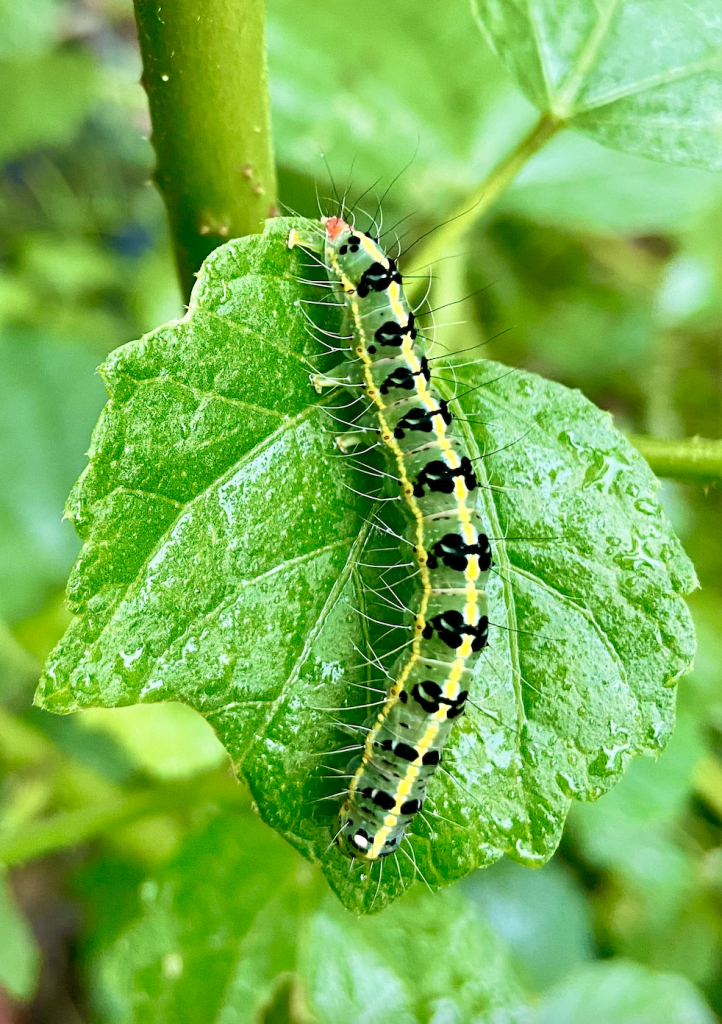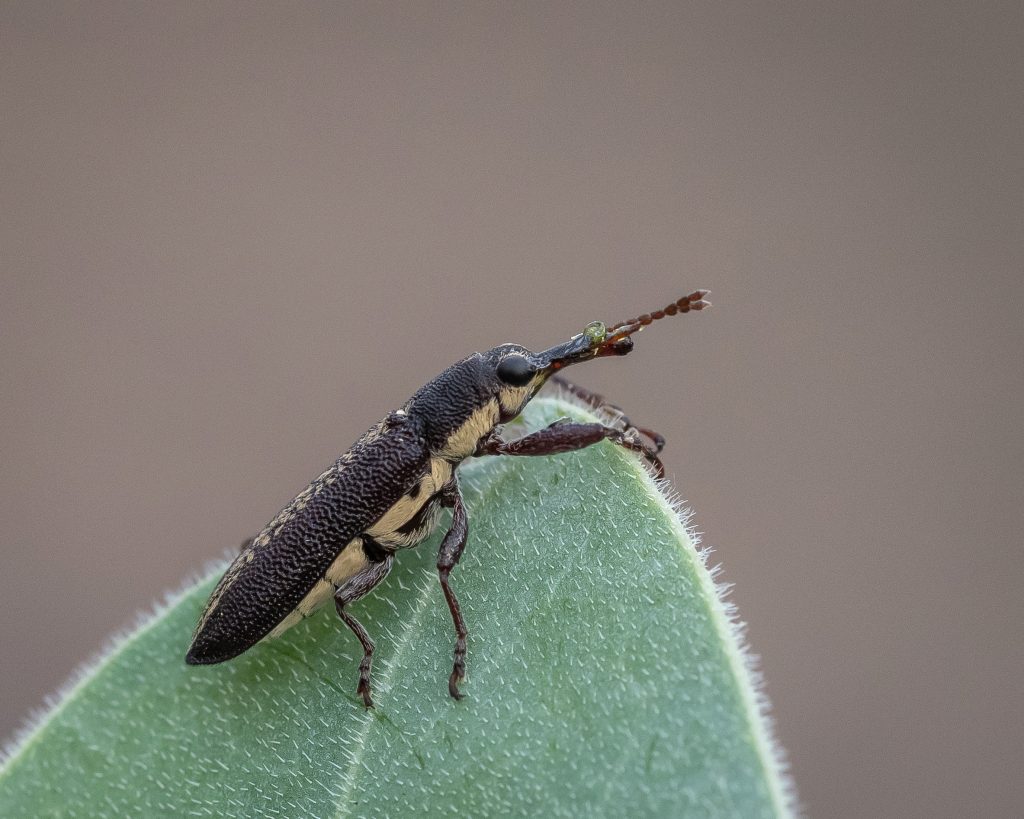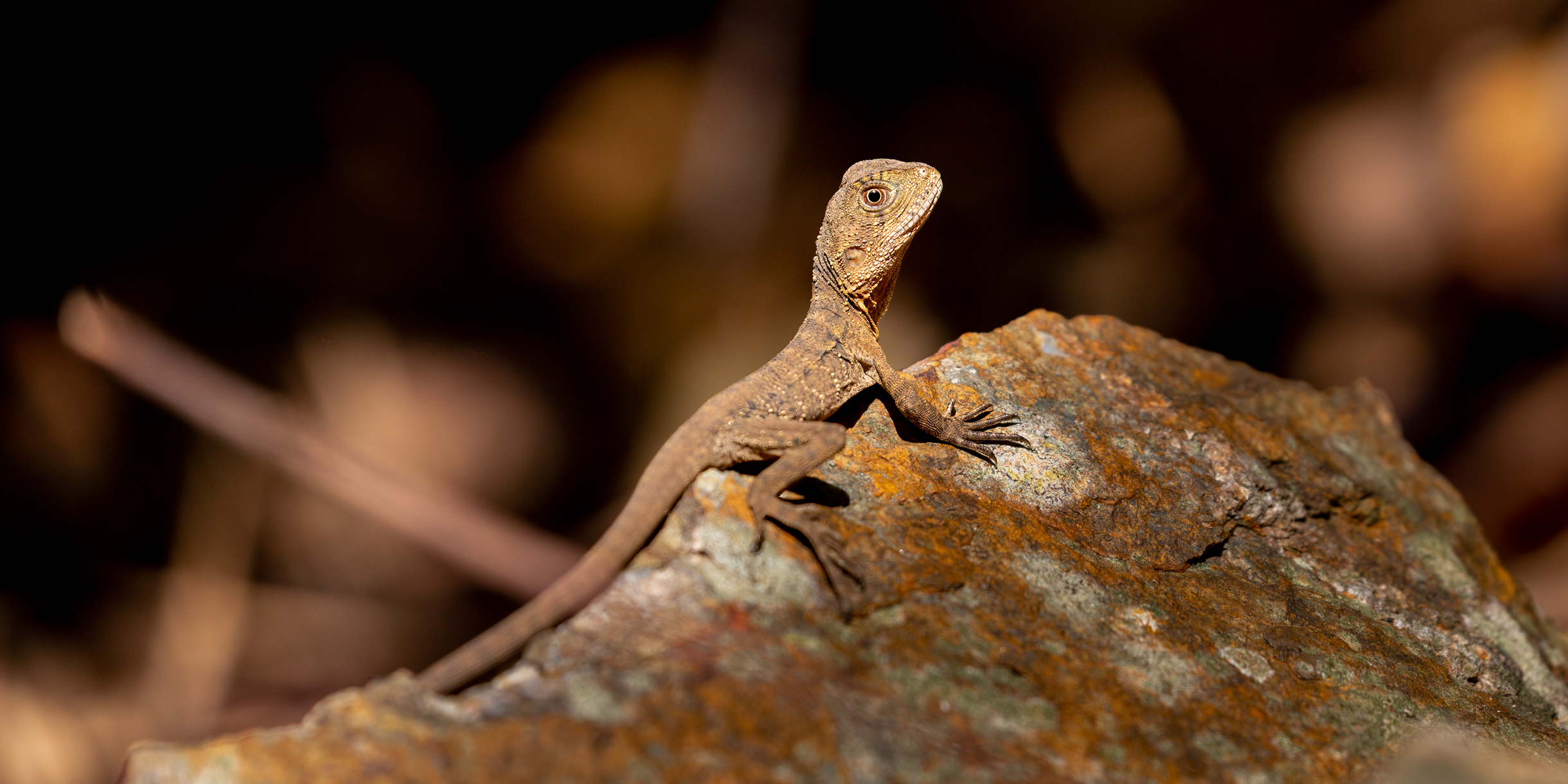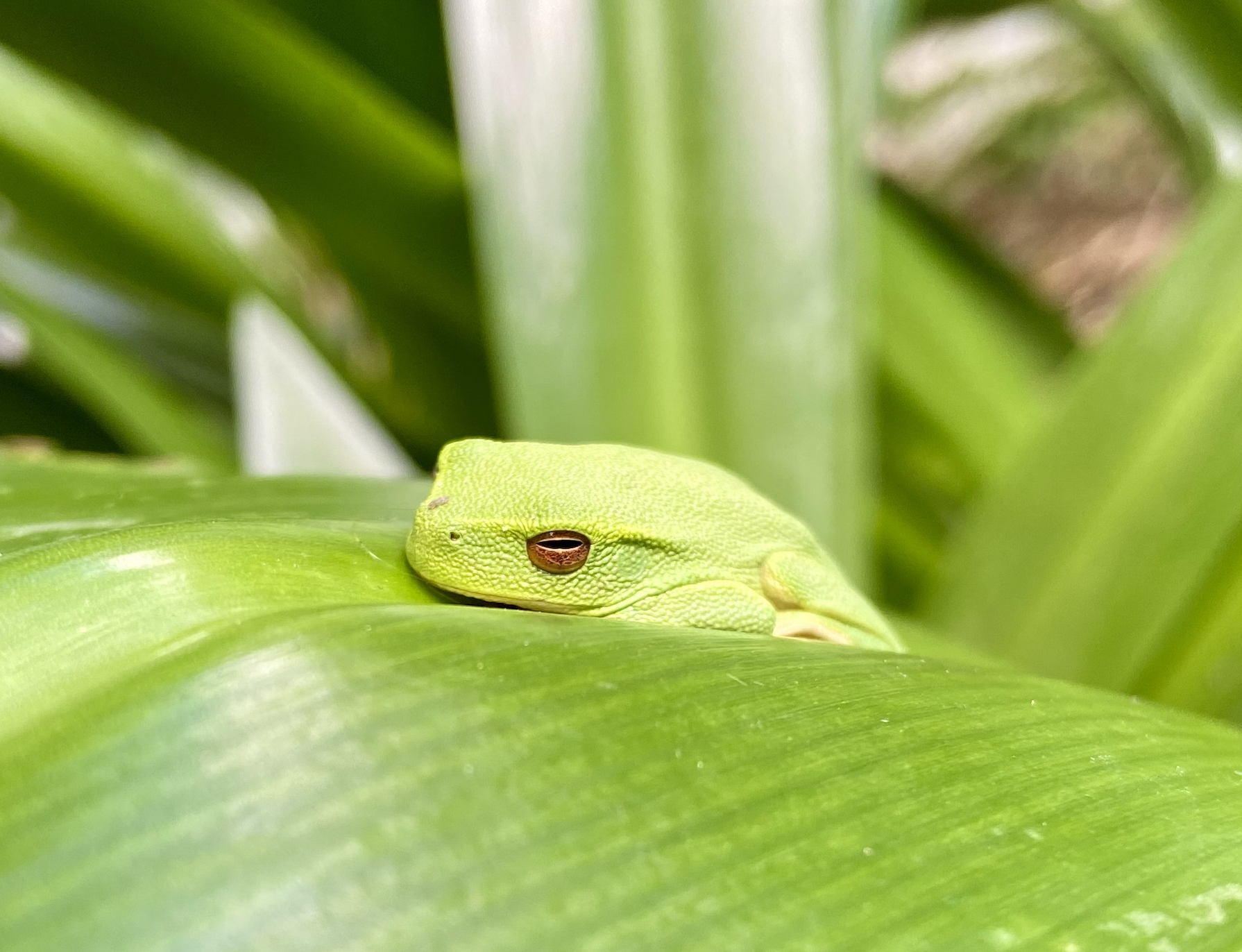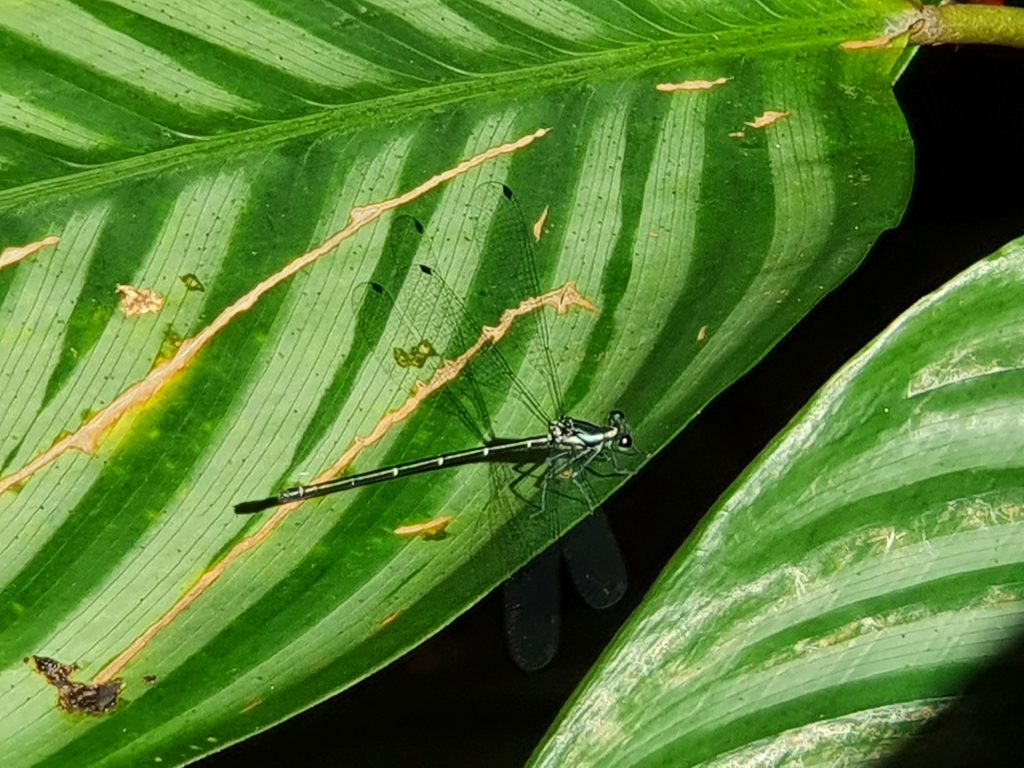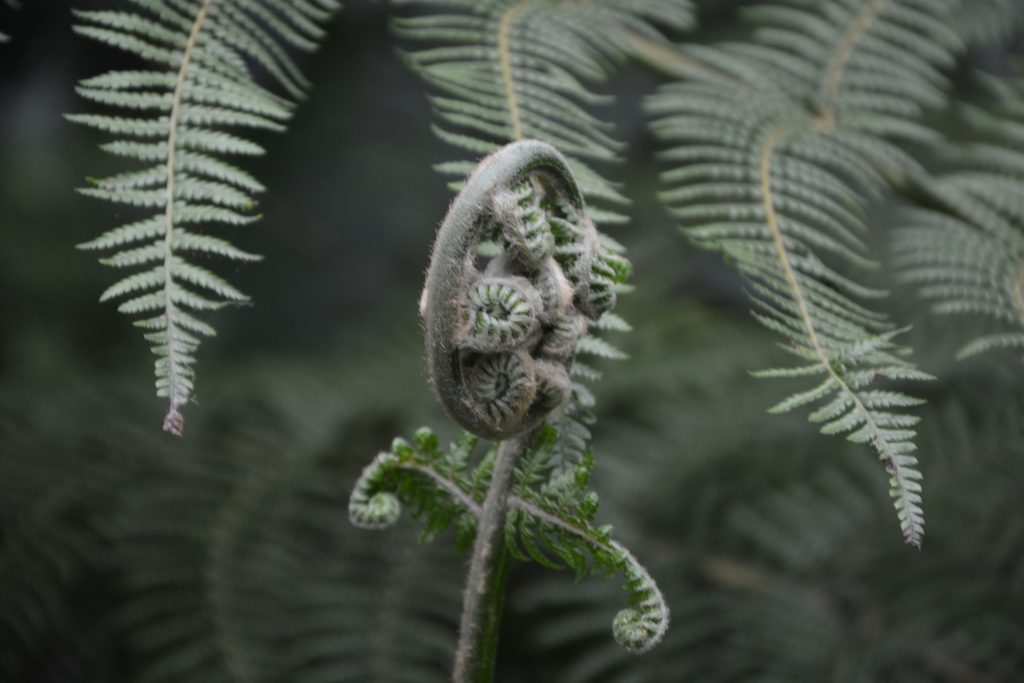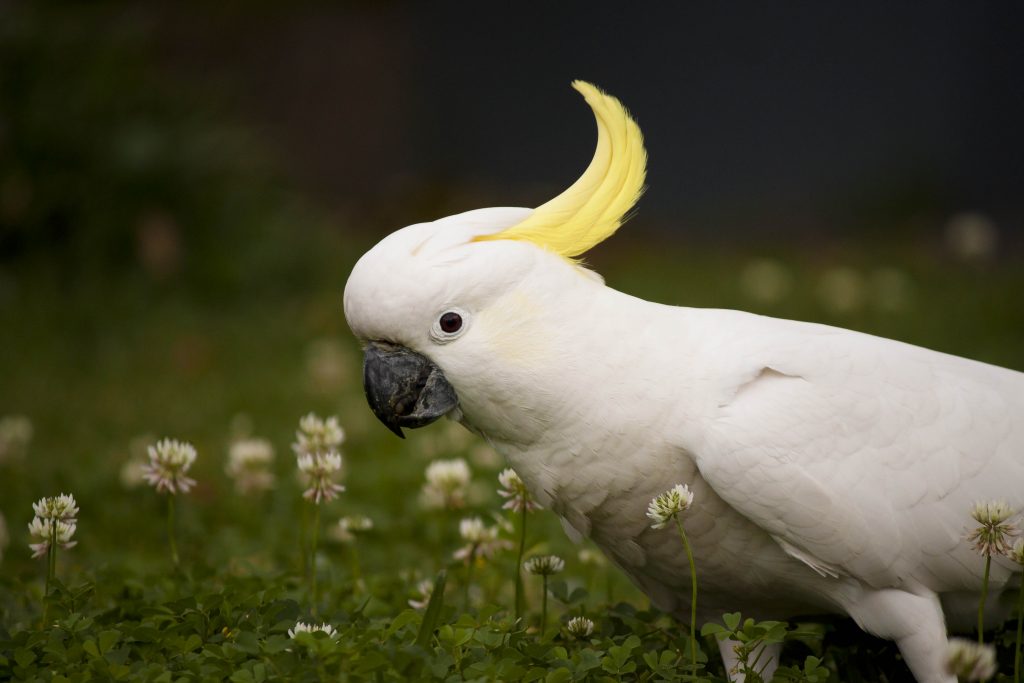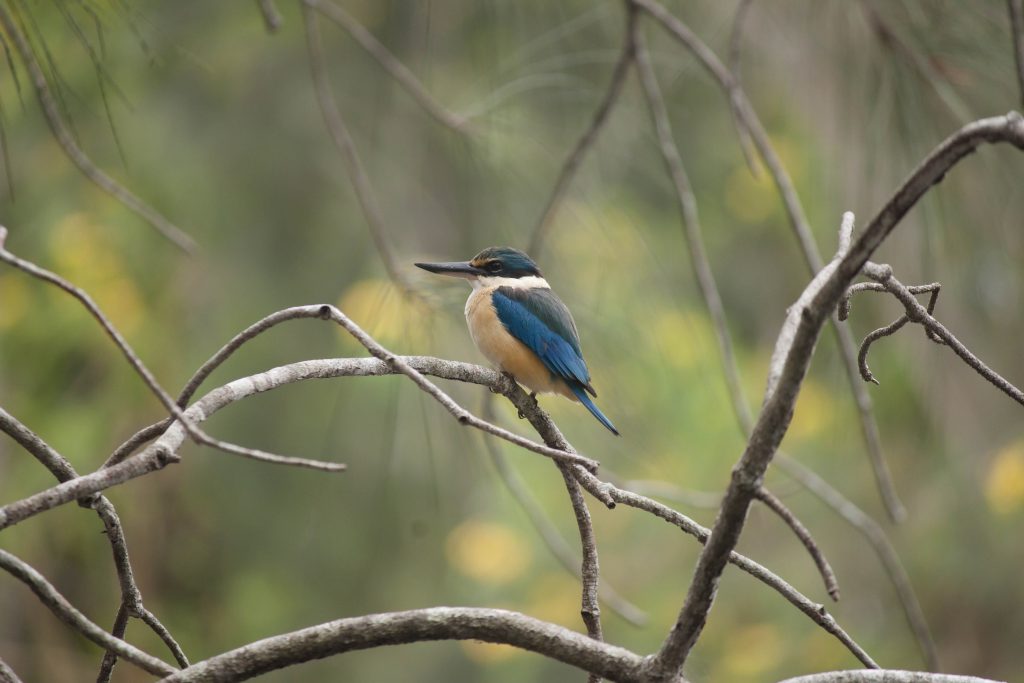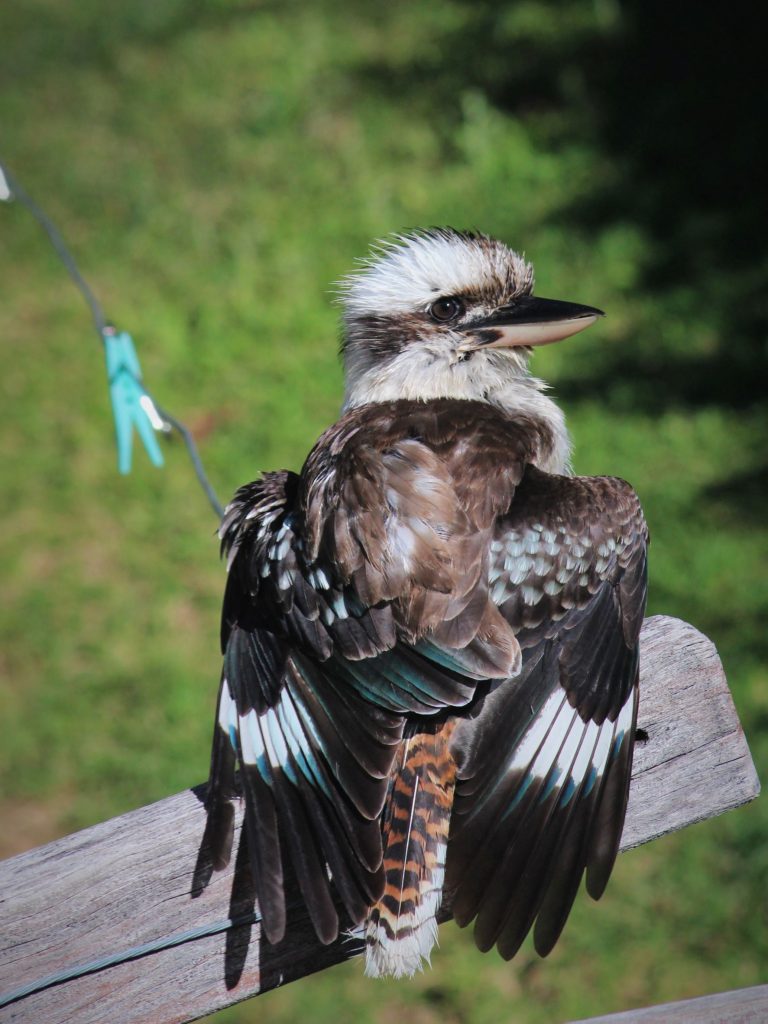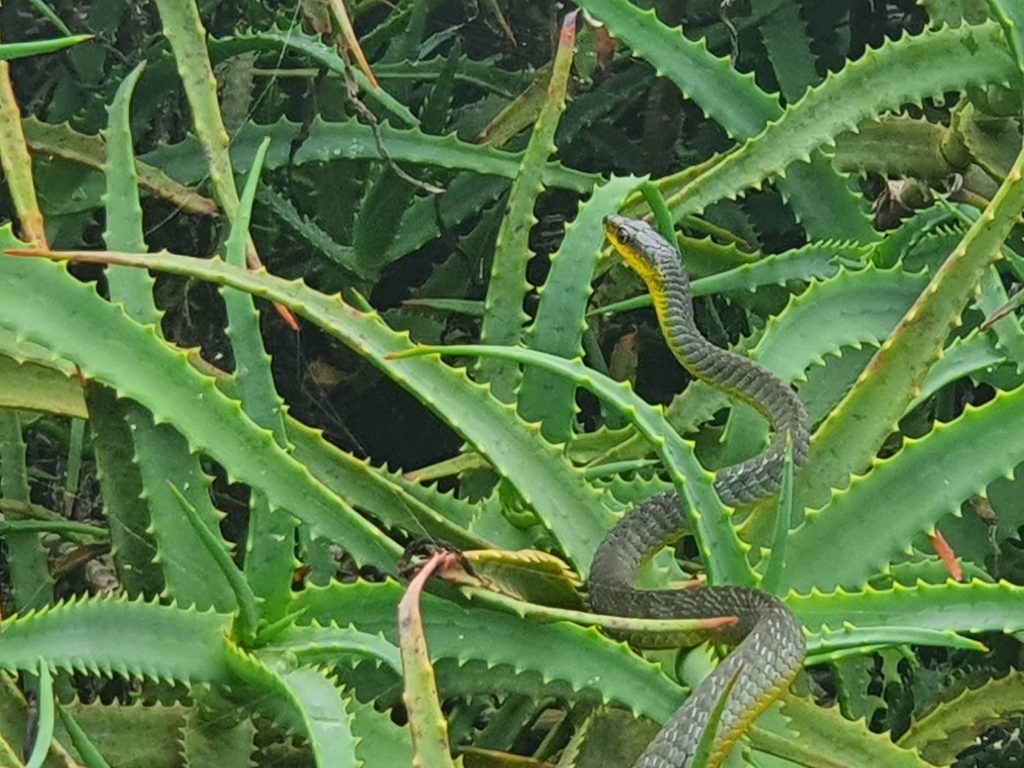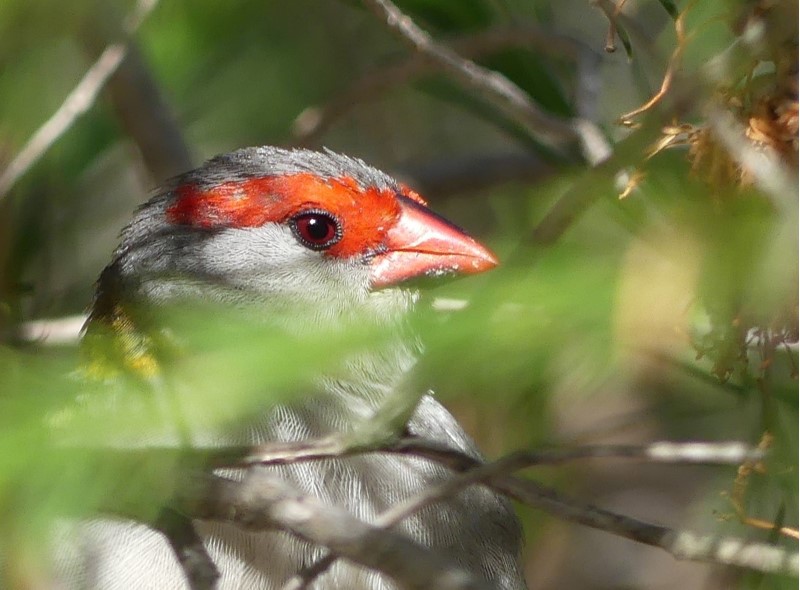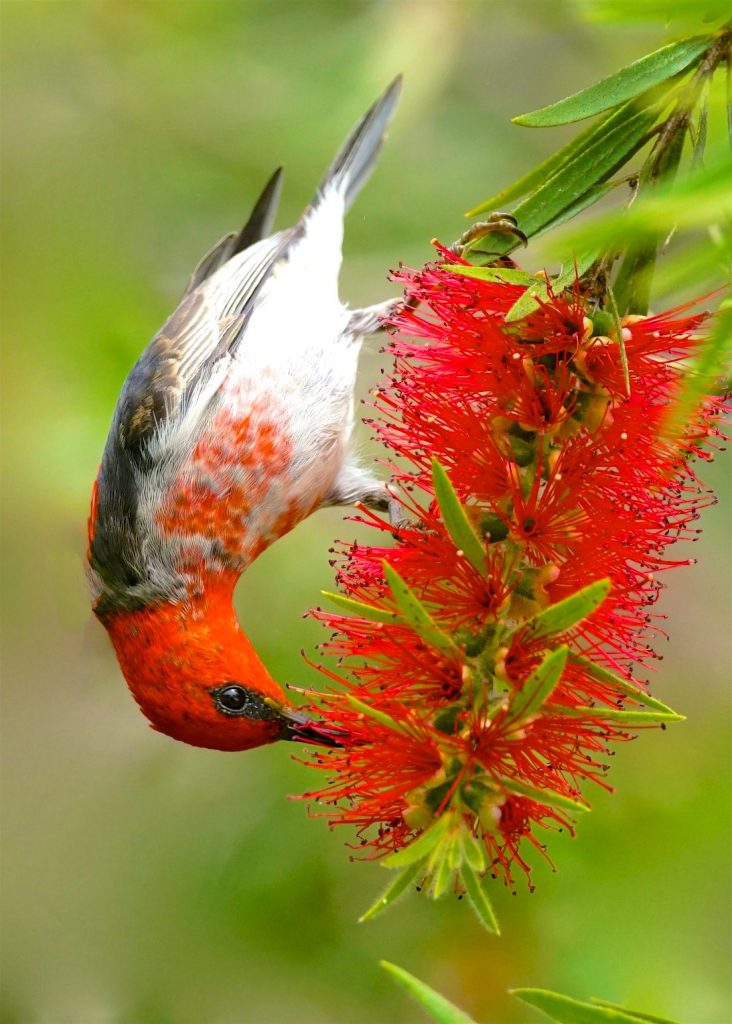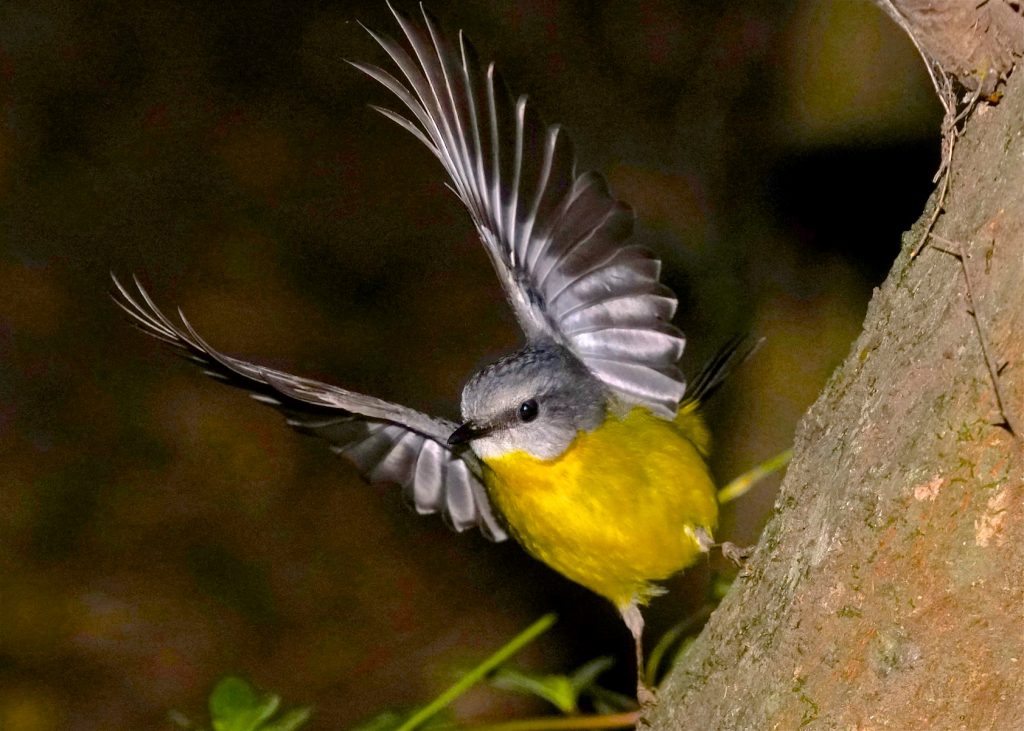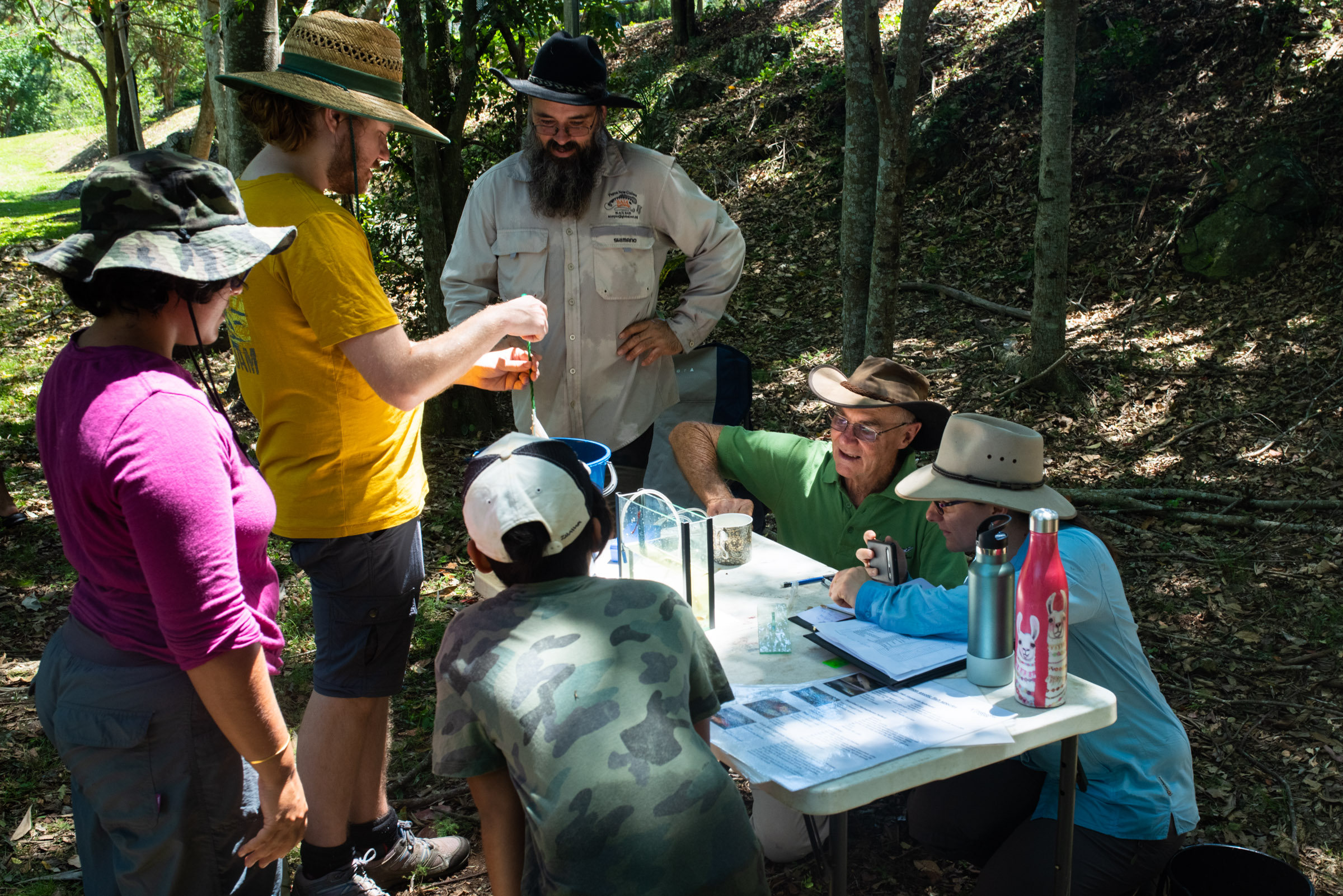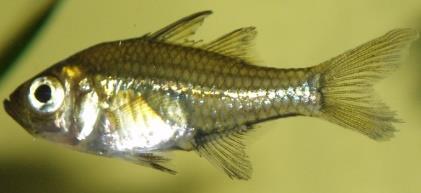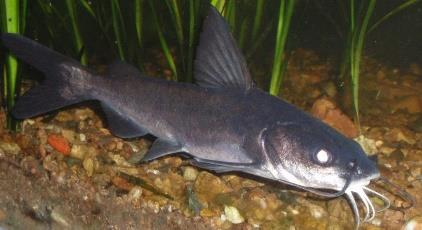At first glance these butterflies could be mistaken for each other. Both occur locally. They are similar in size and have the same colours on both upper and underside, yet there are subtle differences between these two adult butterflies. Firstly, they belong to different families. The Black Jezebel (Delias nigrina; on right) is a member of the Pieridae, whereas the Jezebel Nymph (Mynes geoffroyi; on left) belongs to the Nymphalidae.Their wing patterns differ. Additionally, compare the hindwings and you’ll discover that the outer edge of the Black Jezebel’s is rounded whereas on the Jezebel Nymph’s hindwings irregular extensions or projections appear, quite different to the ‘tails’ of Swallowtails.
Jezebel Nymph (left) photo: John Abbott and Black Jezebel (right) photo: Sylvia Alexander
Both butterflies lay their tiny eggs in clusters. Once emerged, the larvae remain social when feeding. At the time of pupation, the Jezebel Nymphs stay together in groups, and you can see substantial numbers of chrysalises hanging from branches. In contrast, the Black Jezebels seek out solitude.
While adult butterflies are opportunistic when seeking nectar, their larvae are dependent on specific food plants. Locally Jezebel Nymphs rely on the availability of Native Mulberry (Pipturus argenteus), found in or at the edge of dry rainforest and currently doing well in riparian areas. The Black Jezebel larvae choose and depend on mistletoes for their wellbeing, all parasitizing eucalypts, wattles, paperbarks, she-oaks and other trees. Both butterfly species are common in Brisbane and on the wing throughout the year.
If you want to learn more, check www.brisbanesbigbutterflycount.org.au and participate in this exciting citizen science project. You can join as individuals or families.
Jutta Godwin – Coordinator Brisbane’s Big Butterfly Count
Published in


